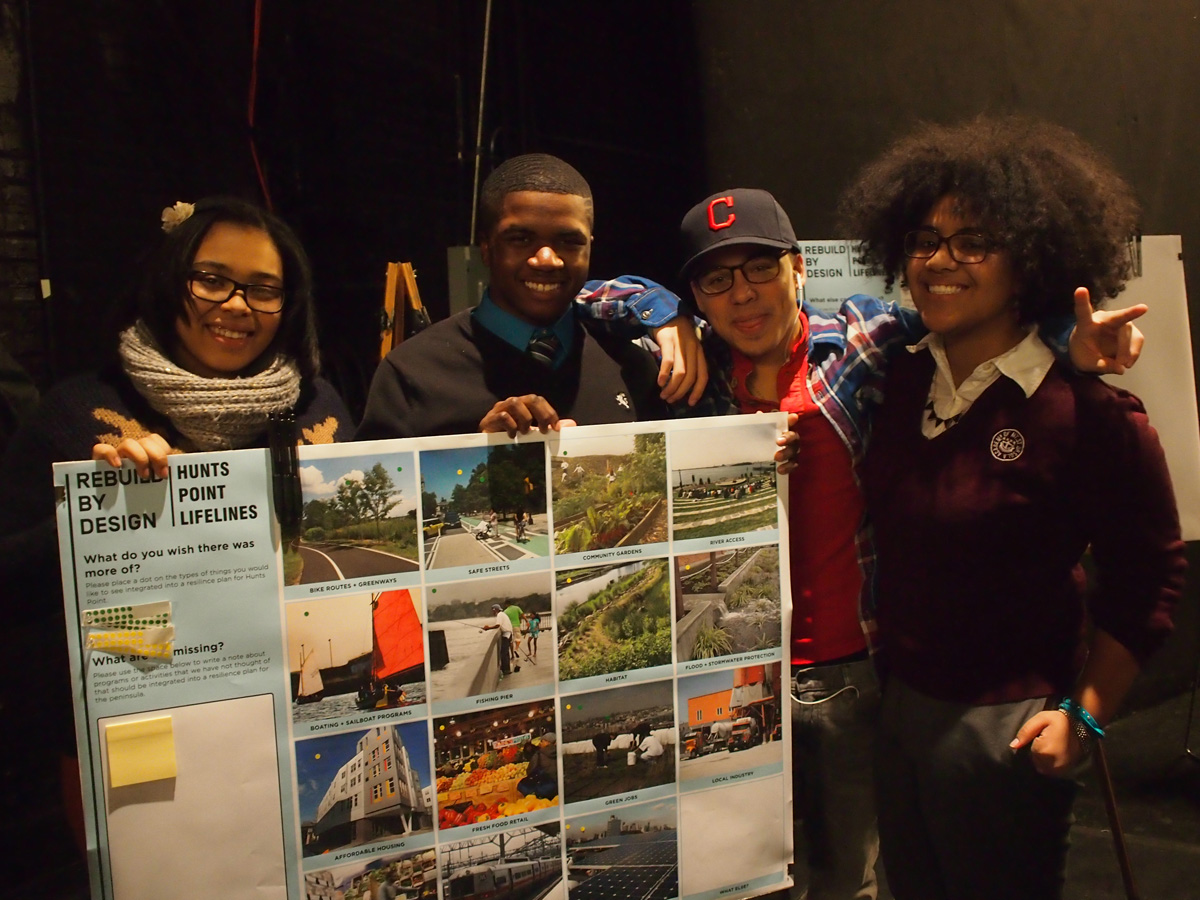Details the process of the Rebuild by Design Hurricane Sandy Design Competition and chronicles the teams, research, and details behind each of the comprehensive adaptation projects that resulted from the competition.

Library
Since the Hurricane Sandy competition, Rebuild by Design, and the processes that were inspired by that work including, the National Disaster Resilience Competition, the Bay Area Resilient by Design Challenge, Water is Leverage, and others, have sparked interest in communities, governments academics, and researchers. To help researchers understand more about our work, and to continue to contribute to a growing portfolio of writings about the work, we have launched this library as a resource for all who are interested.
We would like to thank the University of Groningen for their partnership in locating and cataloging the articles and books that have examined our work. If you know of a resource that is not listed here, please let us know by sending an email to info@rebuildbydesign.org
If you are looking for the Hurricane Sandy Competition archives, please visit the New York Historical Society here.
Columbia University: From June 2013 to April 2014, the United States Department of Housing and Urban Development sponsored an interdisciplinary design competition, Rebuild by Design, to cultivate innovative proposals for Hurricane Sandy recovery and to increase the region’s long-term resilience. Ten teams worked with specific municipalities in New York, New Jersey, and Connecticut. This thesis examines the competition process, and asks what impacts the stakeholder engagement process had on the design proposals. Using a comparison of the proposals before and after the engagement phase, as well as observation at public events and interviews with team members, I found that the public process shaped the proposals in distinct ways for each of the teams, and at the same time, the competition attracted and sustained the attention of members of the affected communities. The public process did not generally yield new ideas, but refined those already extant in the early-stage proposals. These findings have implications for future public design competitions, participatory planning processes, and disaster recovery efforts.
